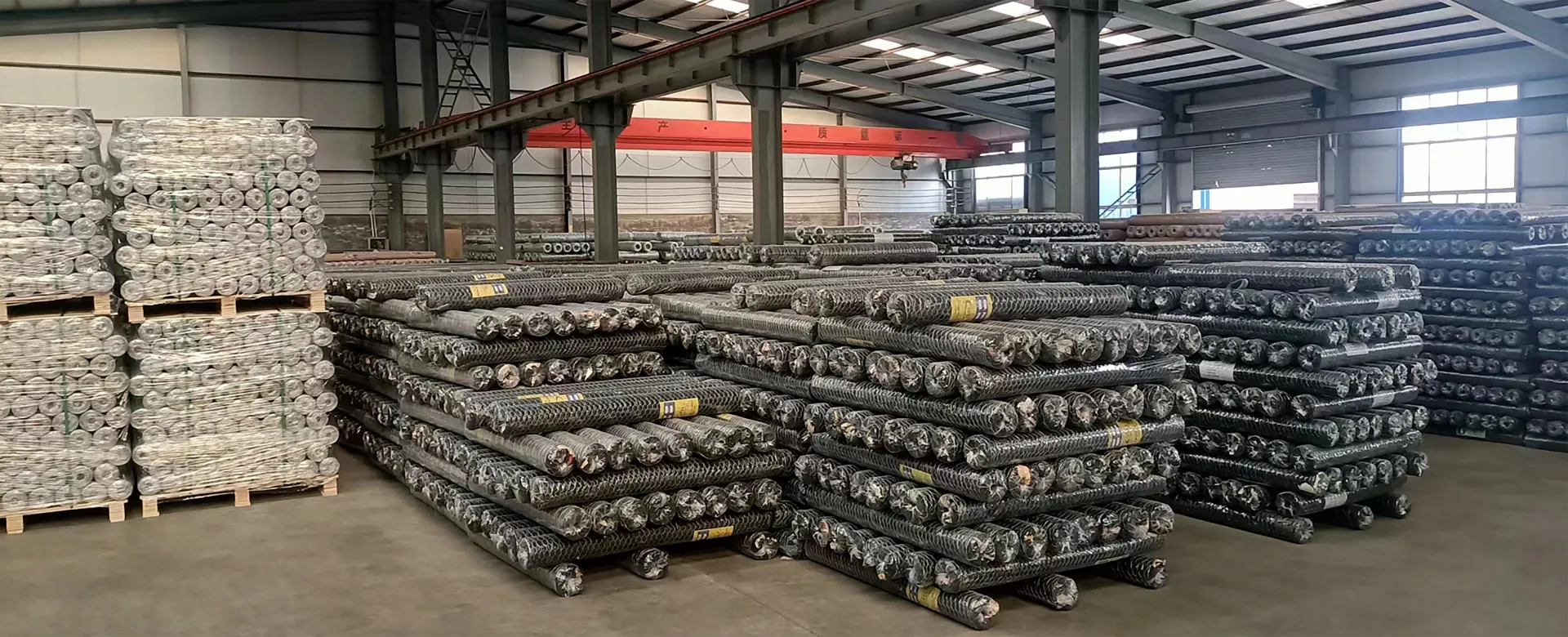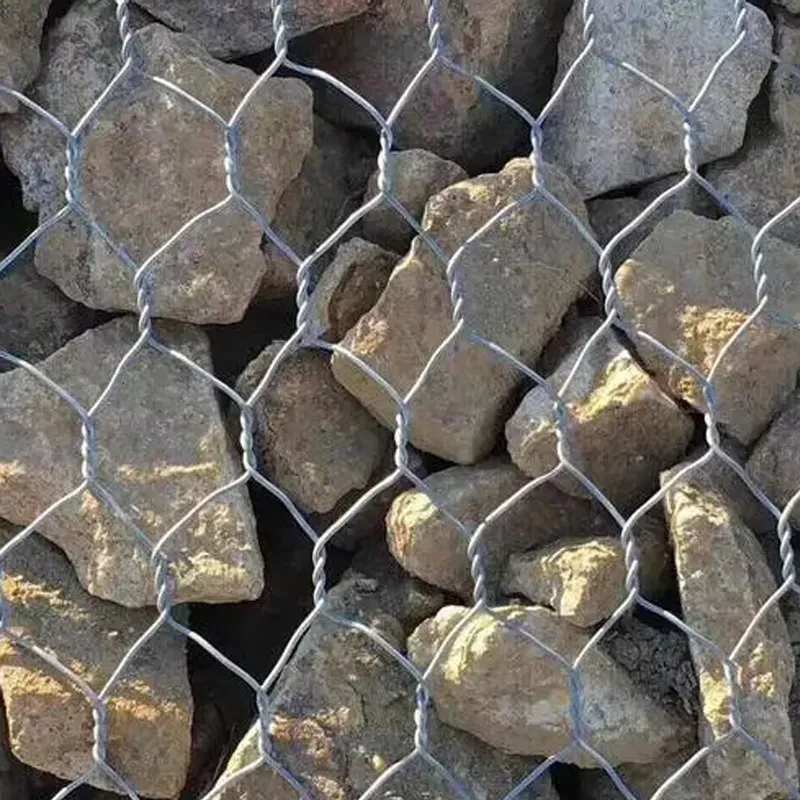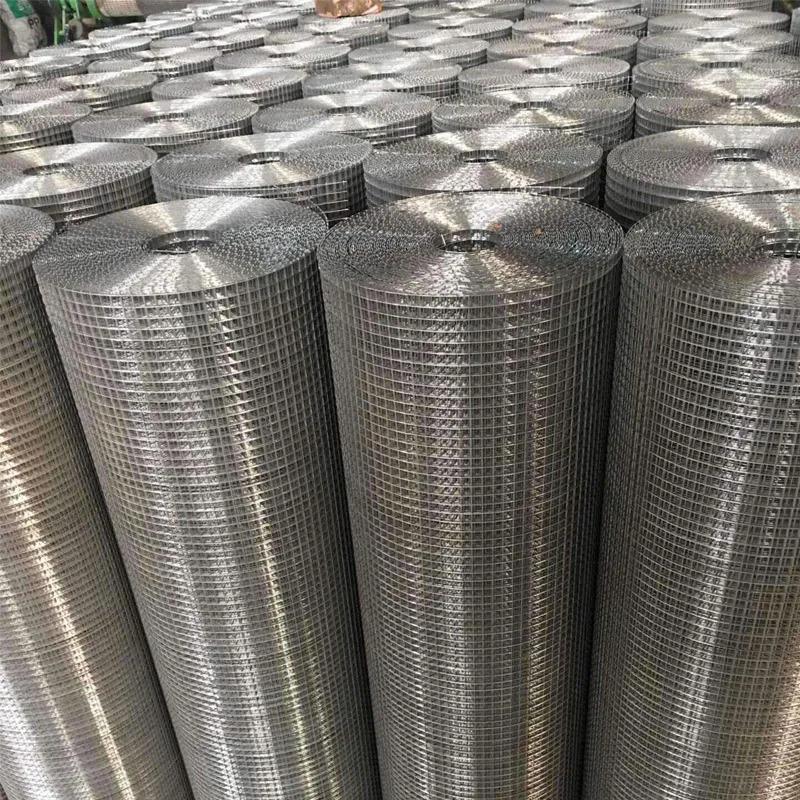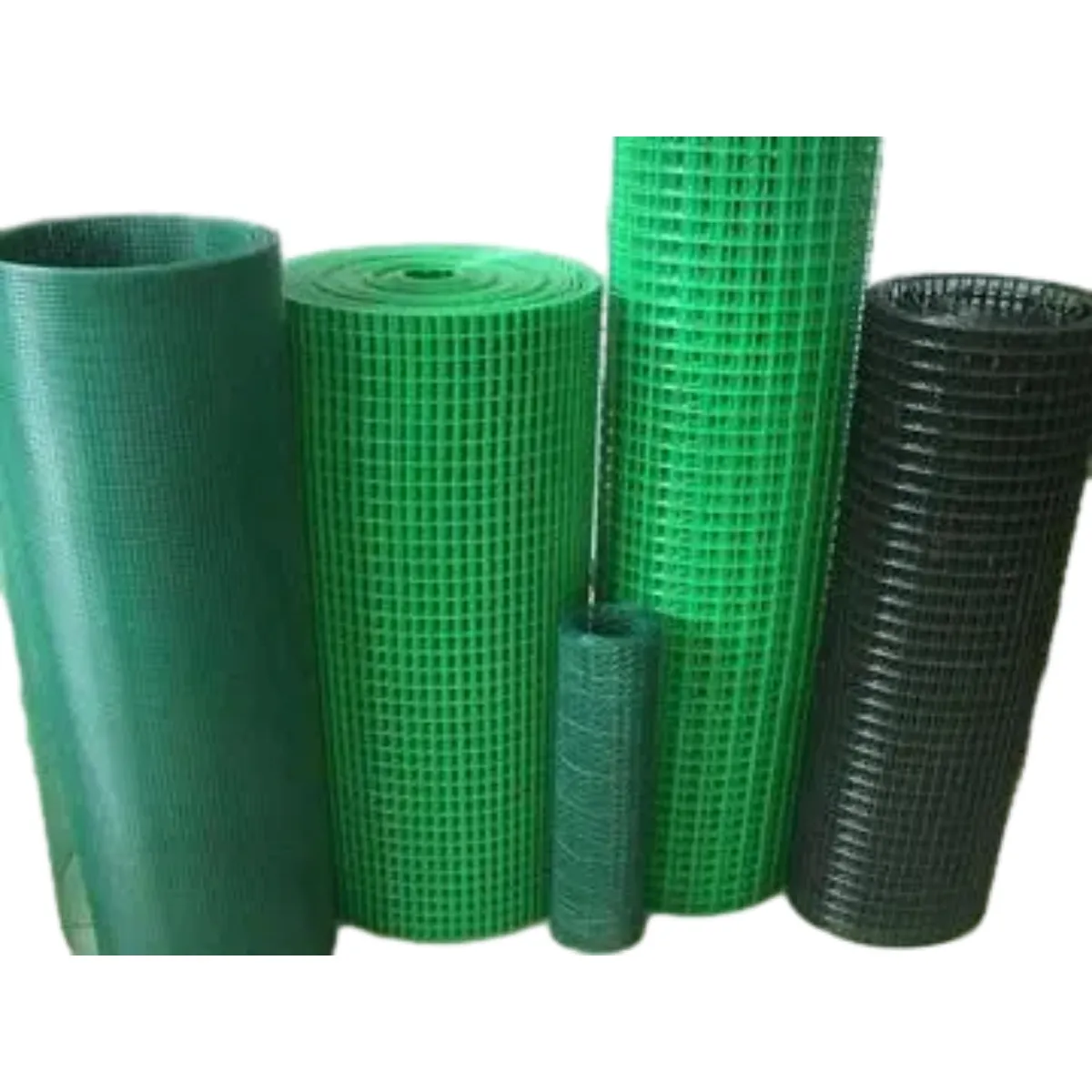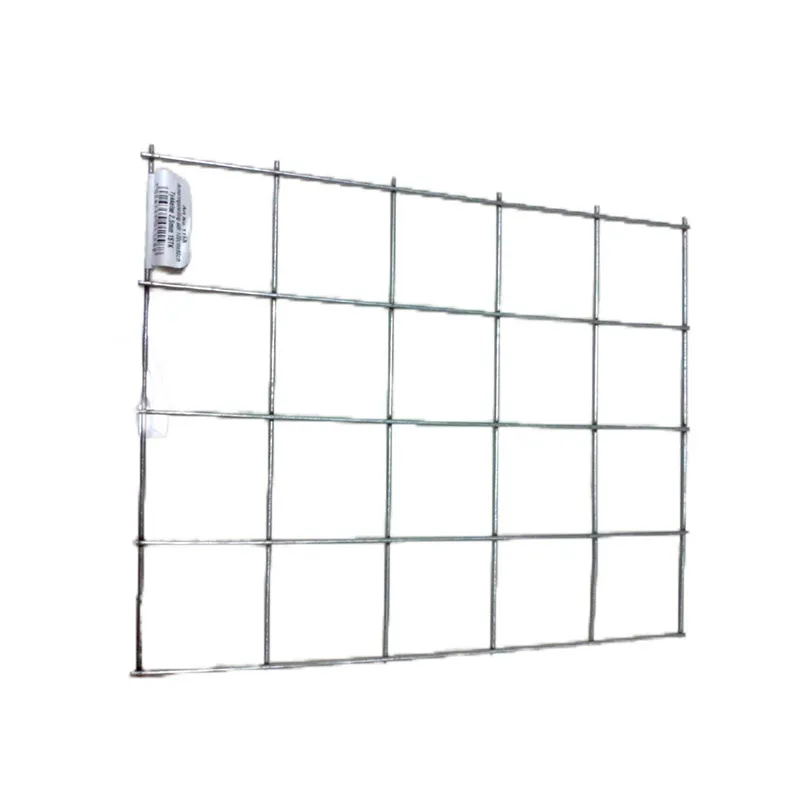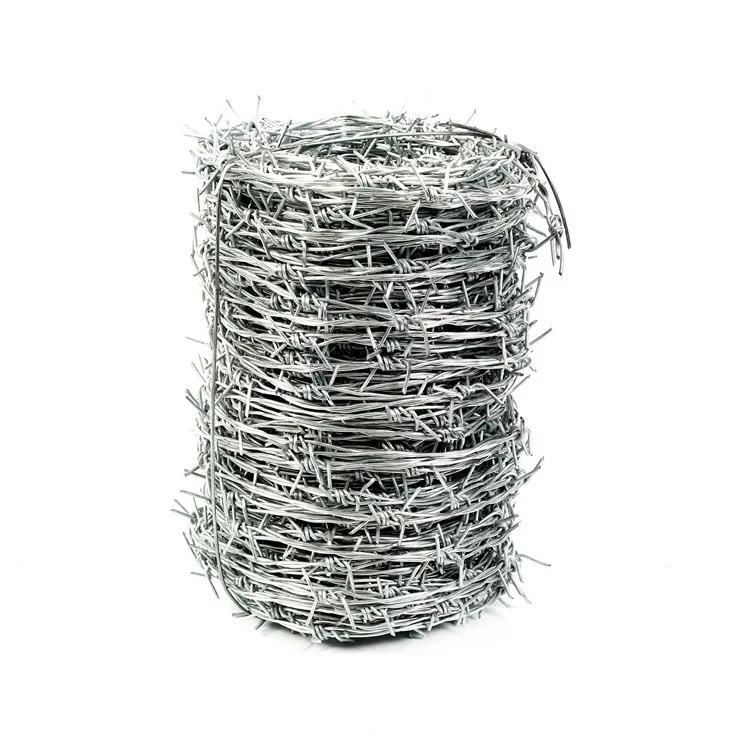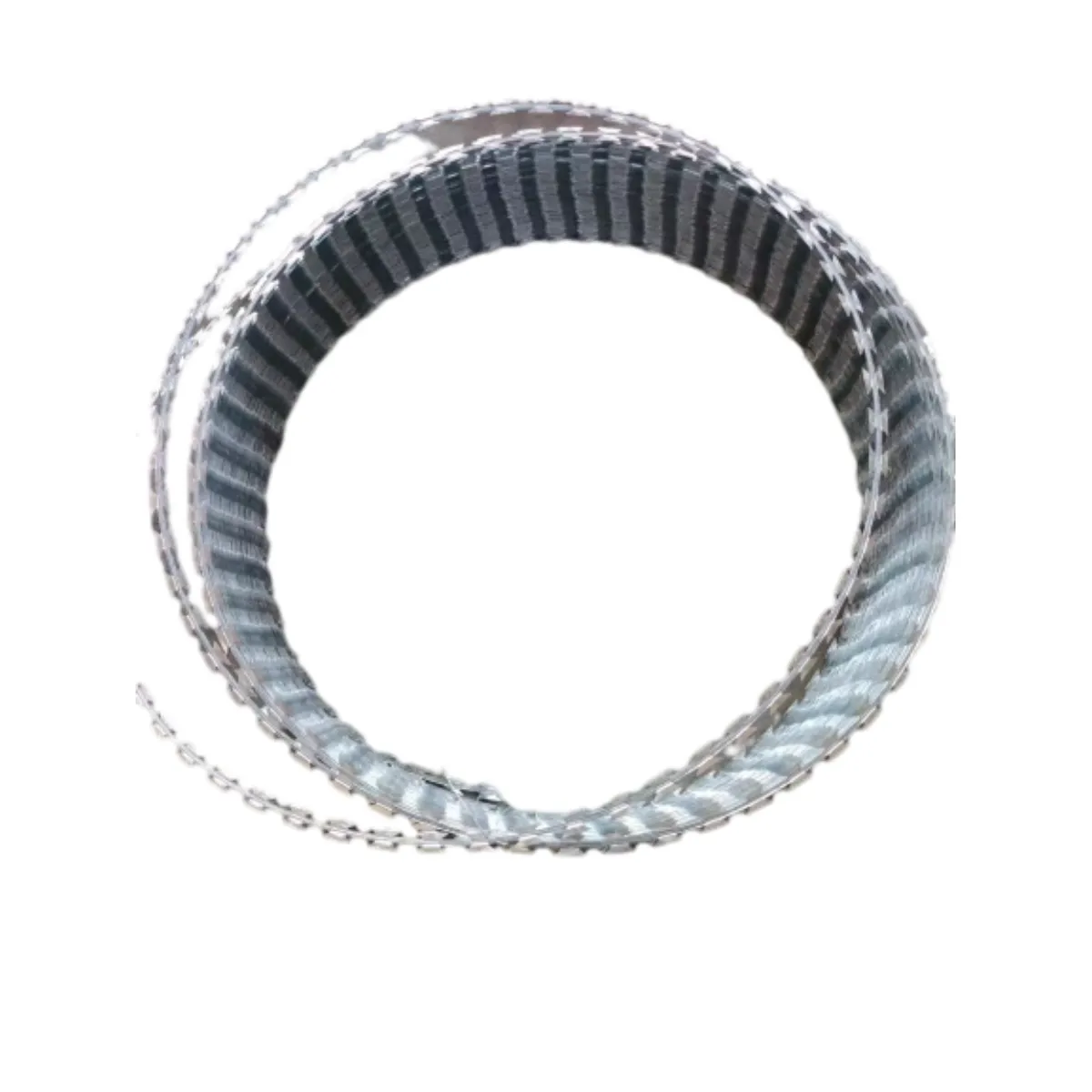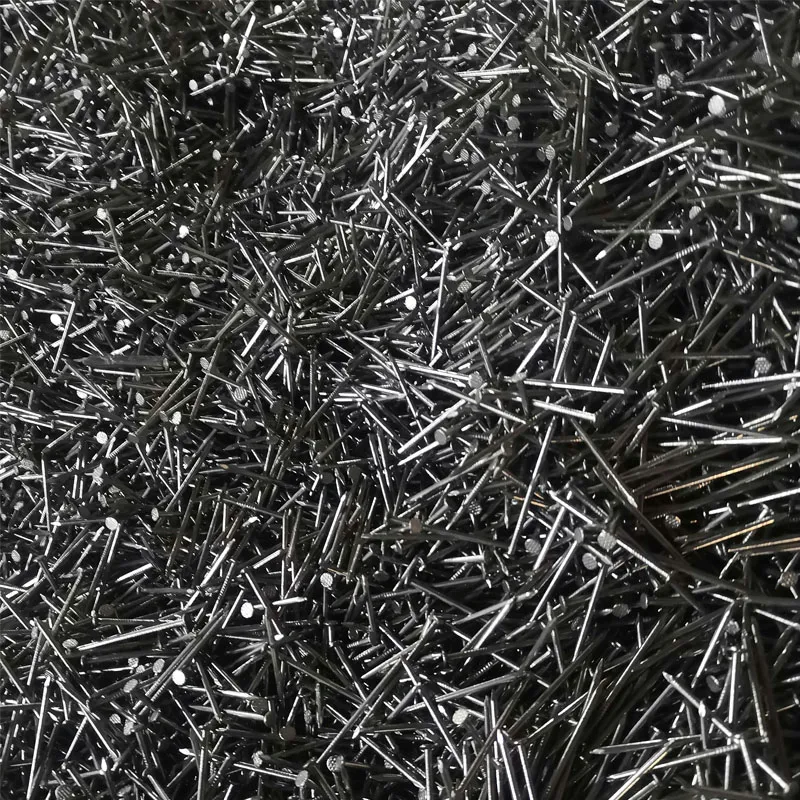Aug . 07, 2024 15:40 Back to list
Exploring Current Trends and Prices of Barbed Wire in the Construction Industry
The Dynamics of Barbed Wire Pricing An Overview
Barbed wire, invented in the 19th century, has played a critical role in agriculture, military, and security applications. As a fencing solution, it provides not only physical barriers but also a psychological deterrent against intruders or livestock straying. The pricing of barbed wire is influenced by a myriad of factors, from raw material costs to geopolitical events. Understanding these dynamics is essential for stakeholders in agriculture, construction, and security sectors.
Material Costs and Market Trends
The primary component of barbed wire is steel, which is subject to fluctuation based on global market trends. The price of steel can change due to demand and supply conditions, production costs, and mining activity. For instance, in times of economic growth, the demand for steel rises, leading to higher costs. Conversely, during economic downturns, the demand decreases, which can cause prices to drop. Also, prices can be affected by the availability of raw materials like iron ore and coal, necessary for steel production.
Additionally, there are costs associated with the production and transportation of barbed wire. Manufacturing facilities must account for energy consumption, labor costs, and logistics. Cross-border trade policies and tariffs also influence the final pricing of barbed wire in various regions. Stakeholders must be vigilant and monitor these factors to remain competitive in pricing their products.
Geopolitical Factors
barbed wire price

Geopolitical events can significantly impact barbed wire pricing. For instance, conflicts or instability in a region can lead to increased demand for security solutions, including barbed wire fences. This surge in demand can drive prices up. Additionally, sanctions or trade restrictions imposed by governments can disrupt supply chains, further complicating pricing strategies.
Moreover, the ongoing effects of climate change and environmental policies can impact the raw materials used in barbed wire production. As industries move towards more sustainable practices, the cost of sourcing recycled materials or greener production methods can alter the pricing structure of traditional barbed wire.
Technological Advancements
Technological advancements also play a role in shaping barbed wire prices. Innovations in manufacturing processes can lower production costs, which may lead to price reductions for end consumers. The introduction of more durable materials, resistant to rust and corrosion, can also influence consumer preferences and willingness to pay. As farmers and landowners become more educated on the benefits of advanced fencing solutions, they may opt for higher-priced options that promise longevity and lower maintenance.
Conclusion
The price of barbed wire is a reflection of a complex interplay between raw material costs, market dynamics, geopolitical factors, and technological advancements. Stakeholders should approach barbed wire procurement with an understanding of these elements to make informed decisions. By keeping abreast of market trends and innovations, landowners and businesses can ensure they are making the best investment for their specific needs while staying competitive in an ever-evolving market landscape. As the world continues to change, so too will the dynamics surrounding barbed wire pricing, making continuous observation and adaptability key for success in this sector.
-
The Role of Field Wire Fence in Grassland Conservation
NewsJul.15,2025
-
Stainless Steel Razor Wire Durability in Coastal Environments
NewsJul.15,2025
-
Enhancing Home Security with Mesh Fences
NewsJul.15,2025
-
Diamond Mesh Wire for Small Animal Enclosures
NewsJul.15,2025
-
Common Wire Nail Tensile Strength Testing for Woodworking
NewsJul.15,2025
-
Barbed Wire Corrosion Resistance Galvanization Techniques
NewsJul.15,2025

